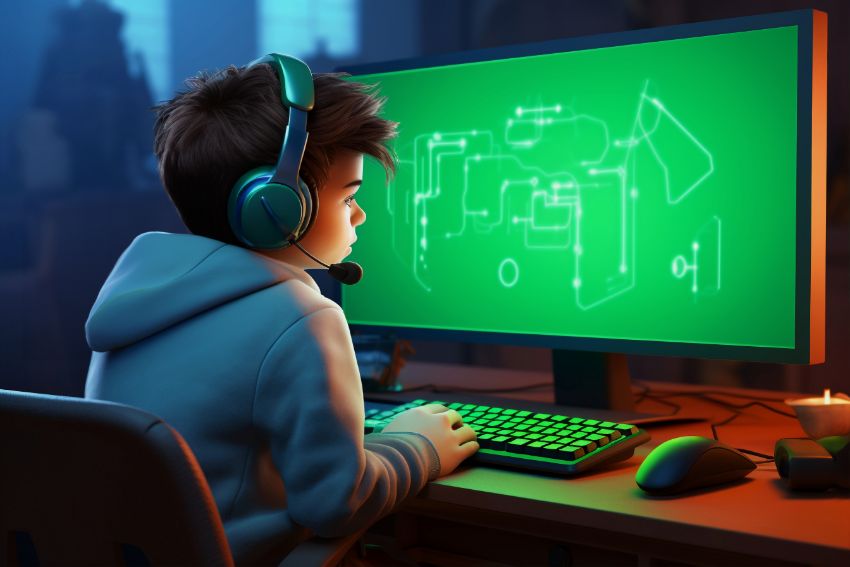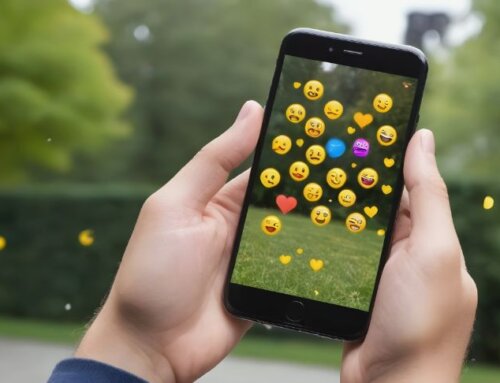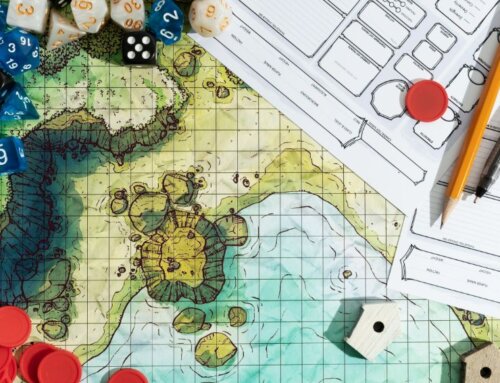When embarking on the journey to create your very own games on Scratch, you may find yourself faced with the challenge of making your creations stand out among the crowd.
The key lies in mastering the art of game design, from crafting engaging narratives to implementing smooth gameplay mechanics.
By understanding the principles of game development and exploring the endless possibilities within the Scratch platform, you can unlock a world of creative potential waiting to be unleashed.
Key Takeaways
- Customize sprites and backdrops for visual appeal and theme cohesion.
- Code interactive elements with events, collisions, conditions, and variables.
- Implement sound effects and music for immersive gameplay experiences.
- Engage with the Scratch community for inspiration, learning, and support.
Setting Up Your Account
To embark on your game-making journey on Scratch, the first step is setting up your account for access to a world of creativity and collaboration. Start by customizing your account with a unique username and profile picture. This personal touch not only reflects your style but also helps you stand out in the community.
Engage with other Scratch users through discussions, challenges, and tutorials to draw inspiration for your game projects. By immersing yourself in the vibrant Scratch community, you can explore new ideas, receive feedback, and expand your skills.
Your account is the gateway to a supportive network that offers endless opportunities for learning and growth in game development.
Exploring the Scratch Interface
As you venture into the world of game creation on Scratch, your first step is to familiarize yourself with the dynamic and interactive Scratch interface. The interface comprises a stage where your game is visible and a coding area where you create scripts by dragging and dropping coding blocks.
Sprites, which are characters or objects in your game, can be customized with costumes and sounds. The backdrop sets the scene and can be modified to fit your game’s theme. Utilize the stage to test and play your game in real-time, observing how your code influences gameplay.
Dive into creating animations and understanding variables within the Scratch interface to enhance the interactivity and creativity of your games.
Adding Sprites and Backgrounds
Enhance your game’s visual appeal and depth by incorporating diverse sprites and captivating backgrounds. Choose from the Scratch library or upload custom images for characters and obstacles, adding a unique touch to your game.
Experiment with the ‘set backdrop’ block to switch backgrounds seamlessly, setting the stage for different levels or environments. Create engaging gameplay by utilizing sprite animations through costumes, bringing your characters to life with movements like running, jumping, or idle poses.
Enhance interactions by implementing sprite collision detection for engaging gameplay experiences. Customize sprite properties such as size, direction, and rotation to add depth and dynamics to your game. With these tools, you can craft a visually stunning and immersive gaming experience for your players.
Coding Interactive Elements
Explore the dynamic realm of game development by coding interactive elements in Scratch to bring your game to life with engaging character movements and obstacle behaviors. Use event-driven programming to control character animation and obstacle behavior.
Implement collision detection using sensing blocks for game logic, allowing characters to interact with obstacles realistically. Employ conditional statements to create specific conditions for interactions between game elements.
Utilize broadcast messages to trigger events like game over or level completion based on player actions. Experiment with variables to store and manipulate game states such as player score, lives, or power-ups, enhancing the overall gameplay experience.
Implementing Sound and Music
To bring your game to life with engaging audio experiences, incorporate sound effects and music using Scratch’s built-in features. Use the ‘play sound’ block for actions like jumping and collisions, enhancing player engagement.
Import music files for background music with the ‘start sound’ block, setting volumes for an immersive experience. Create ambiance by looping background music, adding depth to the gameplay atmosphere.
Experiment with various sound effects and music tracks to find the perfect fit for your game, ensuring player enjoyment. Consider sound design tips to optimize the audio elements, making the game more interactive.
Thoughtful music selection plays a crucial role in engaging players and enhancing overall gameplay experience.
Testing and Debugging Your Game
After fine-tuning your game’s audio elements to perfection, the next step is to thoroughly test and debug every feature to ensure a seamless gameplay experience.
Utilize bug-fixing strategies such as monitoring variables for accurate scoring and progression tracking. Employ error detection methods using ‘show’ and ‘hide’ blocks to troubleshoot visibility issues.
Engage playtesters to gather valuable feedback on gameplay experience and areas for improvement. Implement their insights to make incremental changes that refine your game’s performance and user experience.
Sharing Your Game With Others
When sharing your game with others on Scratch, click on the ‘Share’ button to make it accessible to a wider audience. By doing this, you can obtain a shareable link to distribute your game and even use the ‘Embed’ option to showcase it on websites or blogs.
Additionally, you can invite others to collaboratively remix your game, fostering creativity and teamwork. Engage with the Scratch community by sharing your game in galleries or forums, where you can receive valuable community feedback to improve your game.
This sharing process not only promotes your game but also provides you with showcase opportunities to display your work to a broader audience. Embrace these features to enhance your game development journey and connect with fellow Scratch enthusiasts.
Conclusion
Now that you’ve mastered the basics of game development on Scratch, you’re ready to unleash your creativity and create even more exciting and challenging games.
Remember to experiment with different sprites, backgrounds, and coding techniques to keep your games fresh and engaging.
Don’t forget to share your creations with the Scratch community and get feedback to improve your skills further.
The possibilities are endless, so keep on coding and gaming!
Related articles:
https://ps3trophies.co.uk/entertainment/2024/09/25/games-to-play-when-bored-on-google/
https://ps3trophies.co.uk/entertainment/2024/09/25/how-to-do-imessage-games/






Leave A Comment